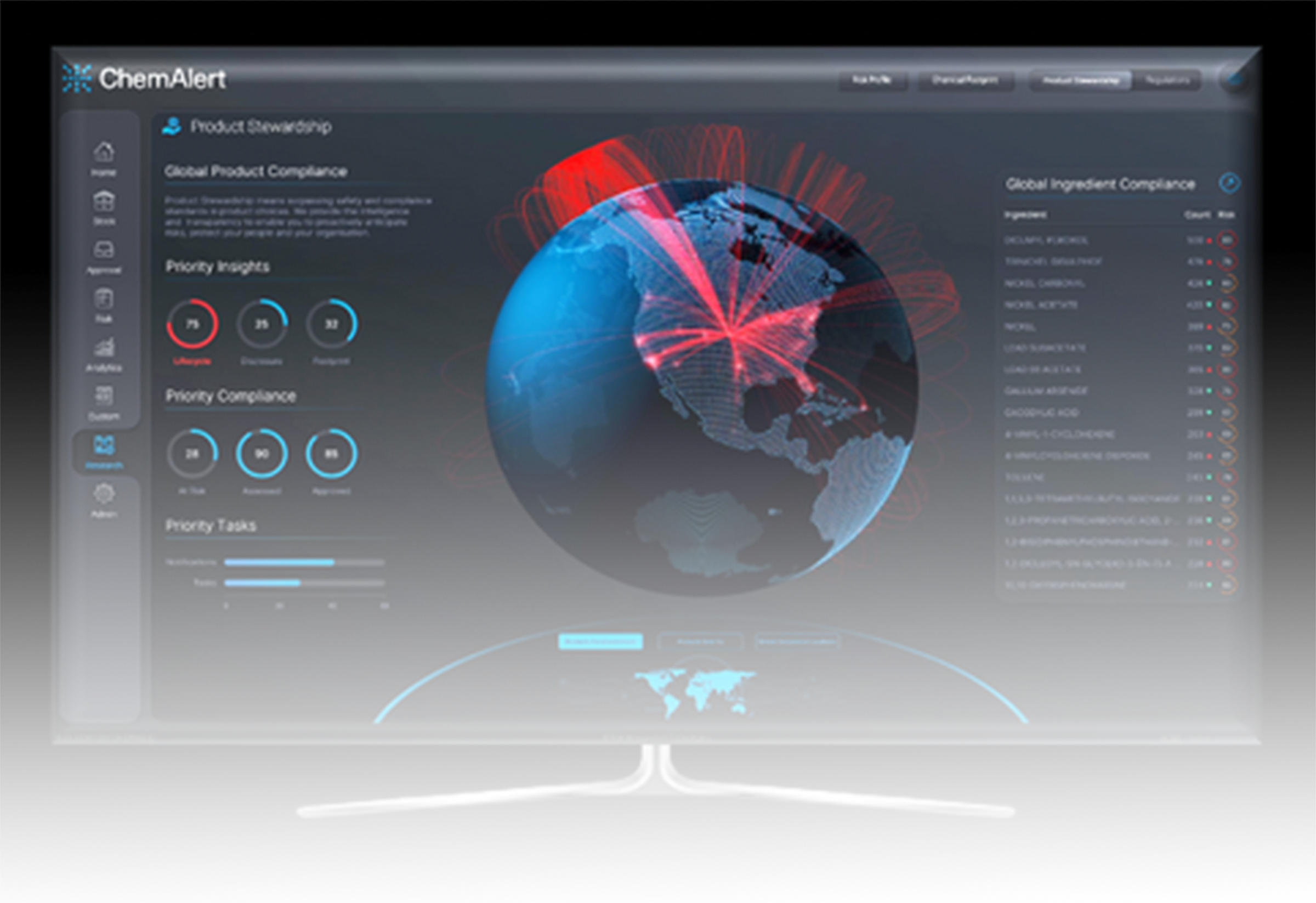Compliance or Commitment.
ChemAlert Makes It Evident.


The Problem
SDS management systems are not about compliance, they are about risk. When suppliers fail to disclose, provide outdated or incomplete data sets, their clients must accept that risk.
This erodes credibility, invites scrutiny and unforeseen costs.4
Lifestyle Impacts
You know the risks and their impacts: extra PPE, specialized training, handling – engineering controls, unexpected disposal requirements and compliance reporting.
These lifecycle impacts significantly increase risk and costs.
Commitment
If you’re a supplier, know this; every SDS is your brand statement. Your clients see these as proxy indicators for category and scientific leadership.
Commitment, not just compliance.
Cost-Risk Intelligence
Chem Alert interrogates, seeks full disclosure and validates supplier data into Lifecycle Impact Metrics. Procurement and EHS now have the insights to compare, measure, and manage risks and total across the full value chain.
Commitment with cost benefits!

